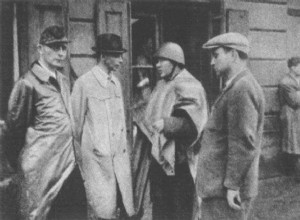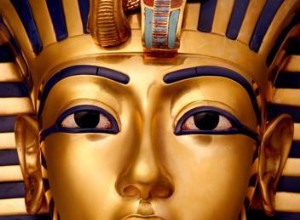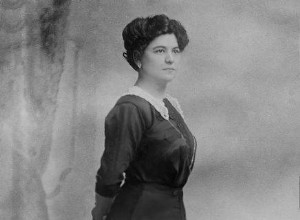In August 1897, Adrien de Gerlache and Roald Amundsen, aboard the Belgica ship, set off for the end of the Earth - the ice-covered continent of Antarctica. Belgica left the port of Ostend on August 23, 1897, after sunset. This time we are on our way, wrote the commander to Léonie Osterrieth. - I p




